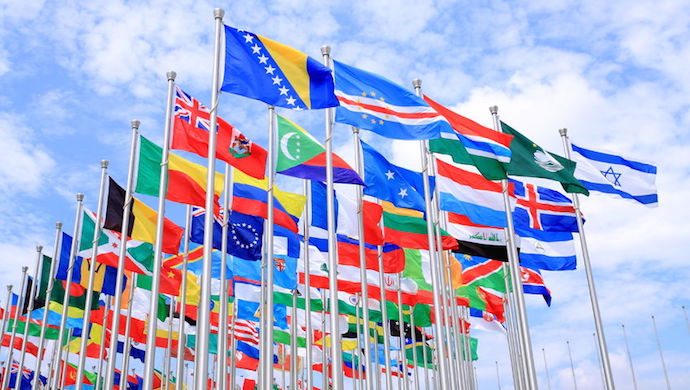Localisation goes beyond translation, as it also involves a deeper understanding of culture and context

Localisation is the series of steps that you take to ensure that your products and services will be marketable in new locations. Localisation includes translating web pages, landing pages, and product descriptions. However, this is only part of the picture.
Localisation means creating a presence and modifying your branding so that you can form relationships with potential customers in other countries. It requires cultural understanding, and a lot of market research.
Of course, localisation takes both time and financial resources. Because of this, you want to be sure your timing is right before you make that investment. If you aren’t sure whether or not it is time to proceed with localisation efforts, here are five signs that can serve as your guide.
#1 – You are beyond the testing stage and ready to move into new markets
If you have been considering taking your brand into international markets, you may have been testing the viability of your products in those locales for a while now. This may have included selling your products through existing online markets, and researching your competition in the same areas.
If those experiments have gone well, and you are ready to make the commitment to becoming fully present in these new markets, then now is the time to localise. Don’t wait until after you have established a presence to go through this process. Be prepared with localised websites, social media pages, and landing pages before you jump in.
#2 – You have proof that you are losing sales because you are not targeting audiences correctly
How important is localisation? For one thing, people are more likely to buy from websites that have been translated into their native language, even if the price is higher. Knowing that post-sale customer service is also available in one’s language is another motivating factor. If you are noticing that international customers are abandoning their shopping carts or bouncing from your landing pages at a significant rate, it may be time to invest in localisation.
#3 – You are concerned about taboos and local customs
If you are entering markets where there are stark cultural differences and significant political developments, you need to be concerned with potential taboos and with understanding local customs. The best way to deal with this is to find qualified services that use professional translators who understand that proper use of written communication takes into consideration not just language usage, but also customs and culture.
Tatiana Lapteva, CEO of LingvoHouse says, “When somebody makes their way to your website, it’s important that they see that you have taken the time to translate your message into their native tongue. However, it does not end there. In order to earn a customer’s loyalty, they must believe that you understand and respect their culture and traditions as well.”
#4 – You realise that all customers deserve a great user experience
Should you localise? That depends on how much you truly care about your customers. That may be a bit harsh, but it’s true. Think about it, if you were to visit a website that was poorly translated, where product descriptions were clearly formatted for people who spoke a different language, or where you struggled to get help from a native speaker, wouldn’t you feel as if you were dealing with a brand that didn’t care about your experience?
Localisation leads to great user experiences. These lead not only to sales, but to long term customer relationships.
#5 – Your competitors are getting ahead of you in new markets
This last point is perhaps the most important of all. Simply put, if your competitors are making inroads into new markets and reaching audiences that you are not, now is the time to localise. Remember that it is difficult enough to bring new products and services to new markets to begin with. It’s going to be nearly impossible if your competition is already there and they have localised when you have not.
If your timing is right, your localisation efforts can help guarantee that you will be successful in any new locations. The five signs in the list above are almost certain indicators that it is time for you to start the localisation process.
—-
The views expressed here are of the author’s, and e27 may not necessarily subscribe to them. e27 invites members from Asia’s tech industry and startup community to share their honest opinions and expert knowledge with our readers. If you are interested in sharing your point of view, submit your post here.
Featured Image Copyright: alandy / 123RF Stock Photo
The post 5 signs that you need to localise your product appeared first on e27.